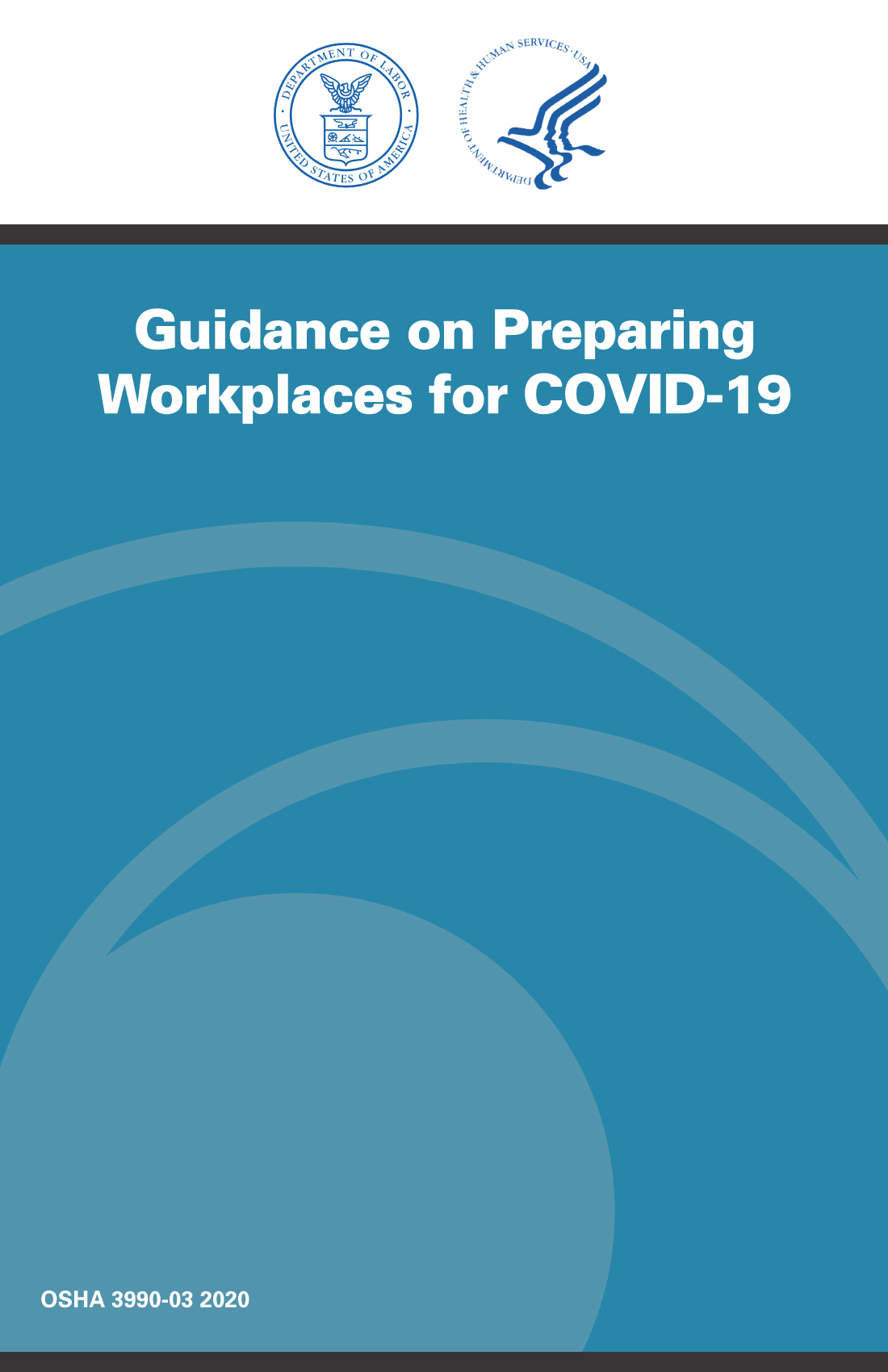Why is onboarding so important? The answer is simple: It is the foundation of the relationship between your company and your new employees. Onboarding is essential in developing your brand, building a positive reputation for your organization, and setting your new hires up for success. Studies by the Wynhurst Group & the Harvard Business Review have found that when employees have a positive on boarding experience, they are 58% more likely to remain with the organization after three years. Moreover, the average company loses 17% of their new hires during the first three months. So, how can we maximize this opportunity? Here are the top tips to help you foster a productive onboarding process while keeping it engaging and exciting.
Engage Early and Often
According to Gallup, only 30 percent of the U.S. workforce feels engaged in their work. The rest are either not engaged, or, even worse, actively disengaged. Engaging early and often in the onboarding process can help new hires become accustomed to having dialogues with their managers & co-workers, and cultivate feelings of community and purpose among your employees. Engage your new employees by
Avoiding Isolation. Encourage new employees to talk with others, establish contacts, and ask questions throughout their onboarding.
Show them they matter.Illustrate the impact of their roles in the company, and encourage them to take pride in what they do. Show them that their work is making a difference.
Conduct an employee engagement survey. Surveys can help gauge opinions on management, communication, opportunities for advancement, job characteristics, and HR policies. Consider asking new employees to complete a survey after they have completed their onboarding as a way to evaluate their experience.
Identify areas that hinder engagement. Evaluate ways your company can foster better, more open communication. This open communication can help encourage employees to speak up when they have concerns. Improving these areas can move your organization in a more productive and profitable direction.
Make it Exciting
“Tell me and I forget. Teach me and I remember. Involve me and I learn.” – Benjamin Franklin
While new hires are going through training and orientation, incorporate fun activities that make them feel involved. Sitting through a series of lectures makes for a very long day and new hires are likely to experience information overload and feel burned out. Consider the following activities to help liven up your training program:
Quizzes and games. Have trainees guess company statistics, like how many customers are served each day or the number of products produced in a month. You can also facilitate a “Jeopardy” game where the questions are related to the subject being taught. These games are not only fun, but also effective in supporting the retention of large amounts of information like learning a company handbook. Consider also giving rewards for winners as incentive to participate.
Utilize “mocks” or roleplaying. Have new hires simulate scenarios where they pretend they are doing an essential job function. For example: interacting with an upset customer, assembling a product or creating detailed spreadsheets.
Swag. Have new hires simulate scenarios where they pretend they are doing an essential job function. For example: interacting with an upset customer, assembling a product or creating detailed spreadsheets.
Organize a group lunch. Consider catering lunch for your new team. This is a great opportunity for everyone to get to know each other better and promote a more relaxed environment.
Think Outside the Box
Do not be afraid to think outside the box when it comes to onboarding. A formalized on boarding process is essential for any organization, but trying different things can be useful too. Offering a variety of teaching methods and platforms can actually increase the success of your program. The onboarding and training process is just that — a process. Take your time to create a program that works for you and your company. Imagine what a successful employee looks like at your organization, and tailor your program to achieve that goal.








